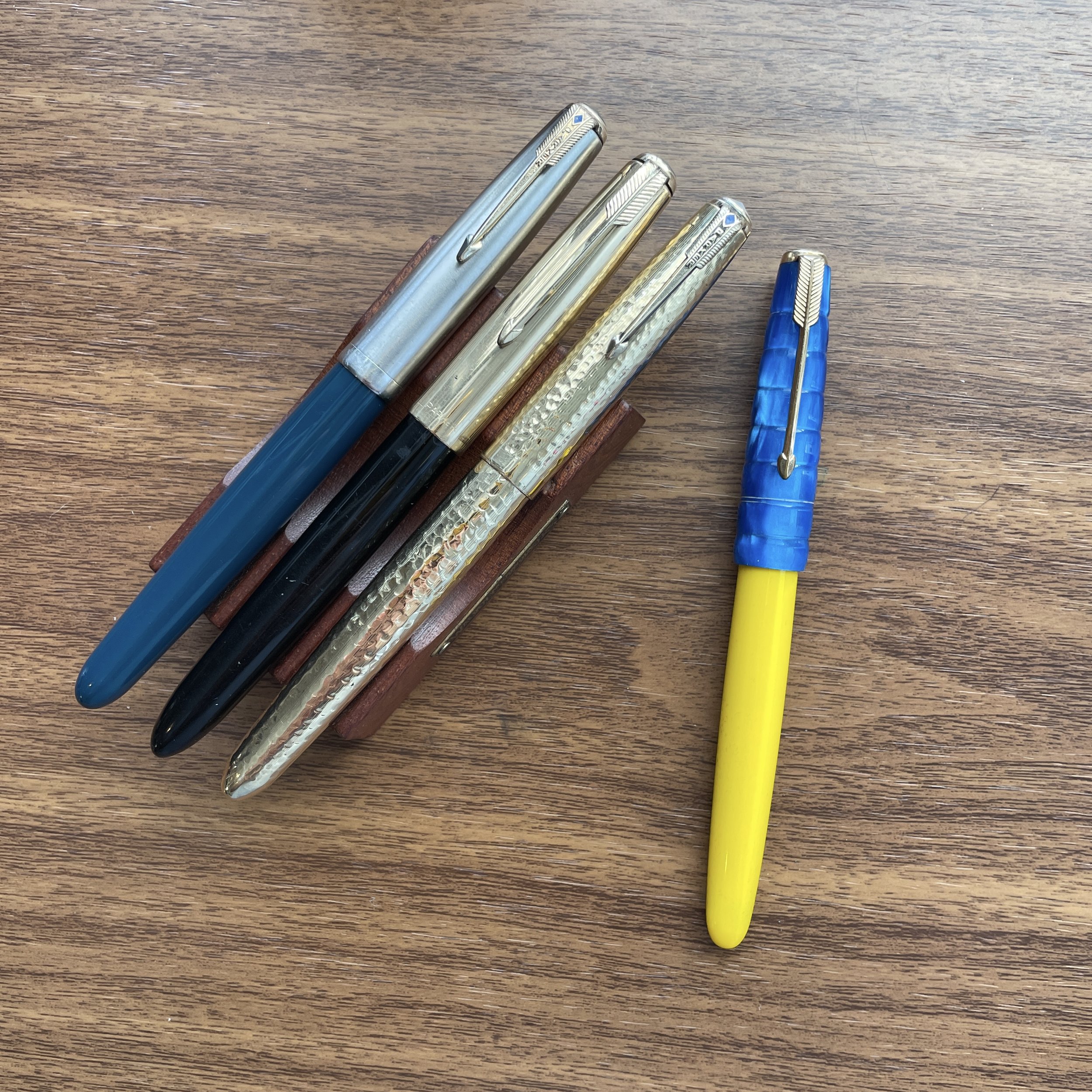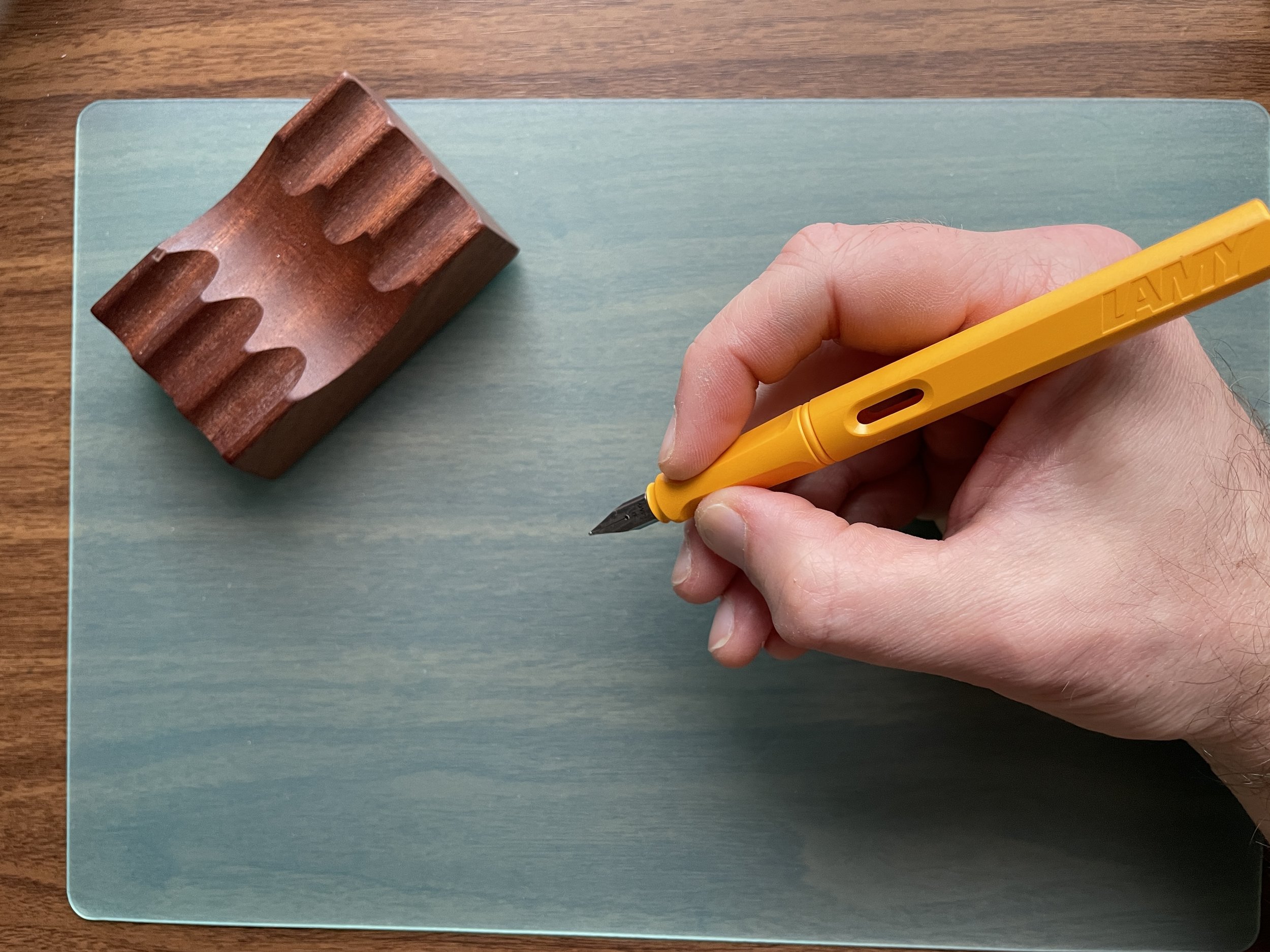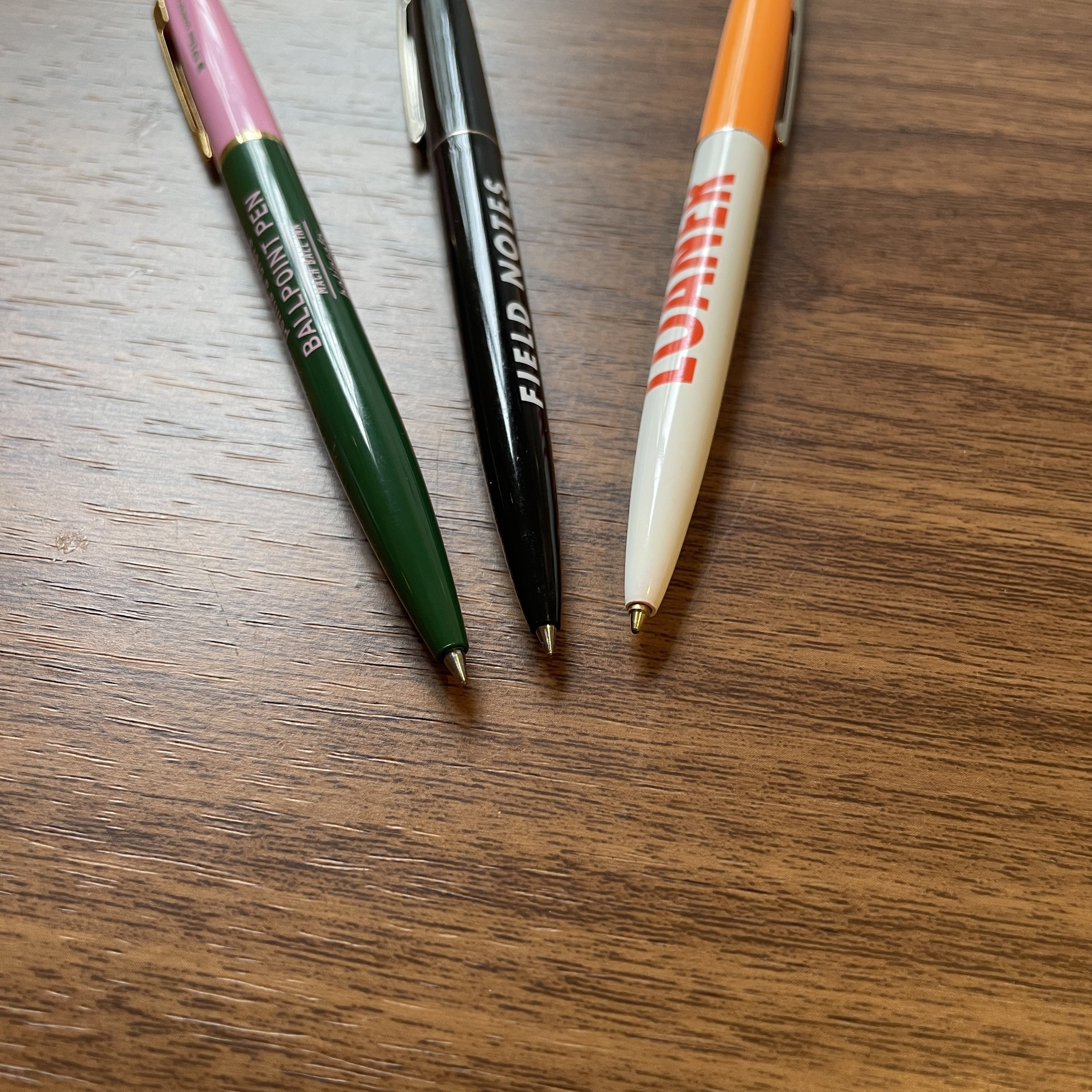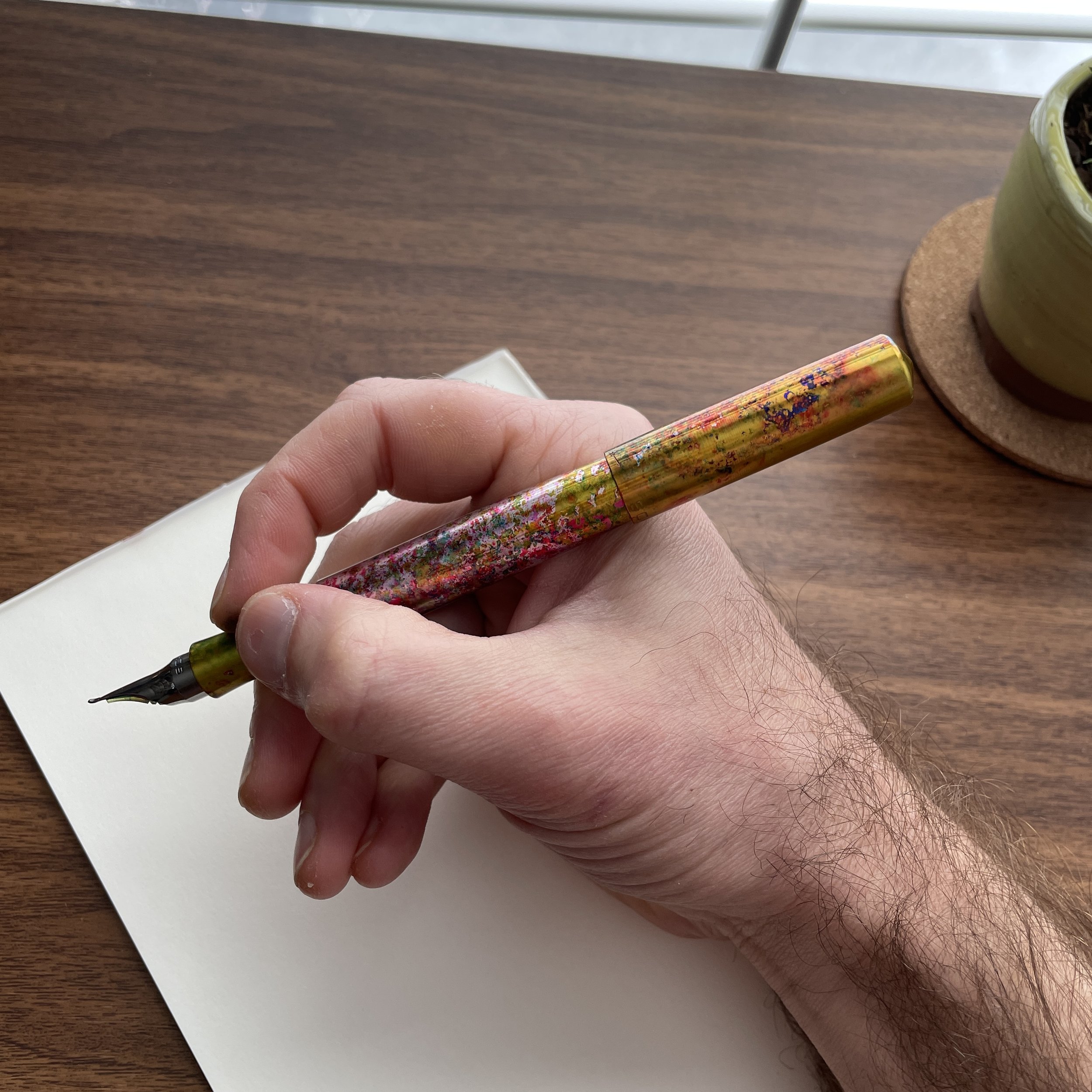Up front, I will admit that I’m neither a vintage collector nor even a vintage pen enthusiast, and my knowledge of most brands and specific models pale in comparison to others in this community. So take whatever I say regarding vintage pens and the vintage market with a (very) large grain of salt. That said, I attended both the Baltimore and Arkansas pen shows - and particularly Arkansas - looking to pick up a few vintage pens for my collection, mainly to replace certain models I wish I hadn’t let go during “catch and release” phases over the years.
Smaller shows like the Arkansas Pen Show make excellent opportunities to shop for vintage pens. Larger shows like D.C. can feel overwhelming, and because the shows are both crowded and geared towards higher-end collectors and sales between dealers, they can be difficult for the newbie or the casual buyer to navigate. Pens also tend to be more expensive because they are either more pristine collectors pieces, or outright overpriced. (I also advise people to adopt a “buyer beware” attitude at these larger shows. In my early days of collecting, I had more than one experience at D.C. where I purchased a vintage pen that later turned out to be “not as advertised,” to put it politely. More on this later, as I plan to update my vintage pen resources.)
My two vintage Parker 51 fountain pens, one of which includes a stub nib.
I enjoy interesting vintage pens that I can still use on a daily basis, including both the Parker 51 and the Aurora 88.
Smaller shows - particularly shows run by a local pen club - are friendlier, with many of the “dealers” being club participants and collectors selling for “show money”, to rotate pens out of their own collection, and/or to help grow the hobby. Many are happy to talk with new enthusiasts, and will give you honest appraisals of pens, flaws and all. If you have to deal with the same show attendees and club members year after year, reputation matters. At the Arkansas Pen Show, I purchased two Parker 51s from Danny Fudge (aka “The Write Pen”), both of which are excellent “user grade” pens, expertly restored, with character. One had a broader nib that I had Matthew Chen shape to a semi-Naginata, and the other sports a hammered gold fill finish (“possibly by Ariel Kulloch”) with an excellent stub nib. The first pen cost me $100, and the second $175, which I consider to be very fair pricing for functional vintage pens restored by a reputable dealer.
The Tibaldi Bononia Vintage in Pomegranate (top) and Honeycomb (bottom). These are piston fillers with 18k gold nibs. The top is an oblique medium and the bottom a 1.1mm stub. Not sure if these two are going back to Vanness….
If You Don’t Want to Fiddle with Actual Vintage pens, the Current Market Has a TON of Vintage-Style Options
While vintage pens like the Parker 51 are fairly durable, easy to repair, and timeless, other models don’t translate as well to the experience sought by many modern users. For example, I’ve always admired the oversized Sheaffer Balance fountain pens, and have even owned a few over the years, but found the material prone to cracking and I’m not a huge fan of lever-fillers. Fortunately, these days you have a wide range of modern options in a similar “vintage” style, and I spent many hours next to the Vanness Pens table eyeing (1) the Tibaldi Bononia Limited Editions; (2) the modern Conway Stewart lineup in their classic materials; and (3) both the modern Onoto Magna and Scholar fountain pens, which have garnered rave reviews and which I’m in the process of reviewing. If you appreciate vintage design, but perhaps not the “adventurous” nature of writing with an actual vintage pen, you have plenty of options!
From left, the Tibaldi Bononia in Pomegranate, the Onoto Scholar in Mandarin, and the Tibaldi Bononia in Honeycomb
Lately, this trend has even started to extend beyond fountain pens. I wrote the entire first draft of this review on a series of airplane flights and in the back row at a work conference using an Anterique “Mach Ball” click pen. I love the aesthetics of vintage Bic Clic-style ballpoints, but generally can’t stand the refill. Anterique uses a .5mm low-viscosity hybrid gel-ballpoint ink refill that even fits some actual vintage ballpoints.
Stay tuned, because Anterique is doing some really fun stuff, and I just received a big box in the mail….
If you’re not a purist, you can sometimes find the best of both worlds: vintage-style design without the unpredictability of finicky filling systems or refills. As a user of fountain pens and other writing instruments, as opposed to a collector, I’m equally drawn to both vintage writing instruments and quality modern alternatives. It certainly offers a wider range of options to enjoy everyday writing!
This post does not contain paid third-party affiliate links or advertising. Vanness Pens did loan me certain of the pens pictured in this review. I am not being compensated for content, and The Gentleman Stationer is supported entirely by purchases from the T.G.S. Curated Shop and pledges via the T.G.S. Patreon Program.








